Right after I graduated from Cornell, I took off for the North Cascades wilderness. First as a student and later an instructor for the National Outdoor Leadership School, I spent summers in Glacier Peak Wilderness Area, ice climbing out of crevasses, backpacking through Pacific Northwest old growth forests, and scaling ancient volcanoes. For me, this was true wilderness.
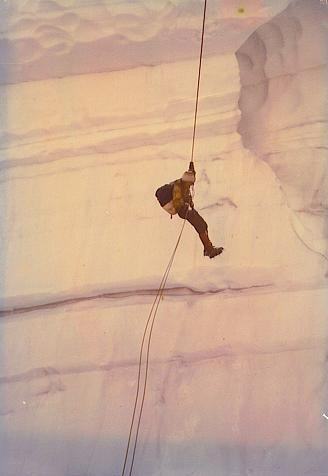
In my early 30s, I moved back to Ithaca, NY. Initially, I did not appreciate the rural upstate NY landscape—compared to the North Cascades, the wild spaces were tame and pockmarked with ugly houses. Years later, I have come to find solace in nearby nature. This time of year, I gaze up at ice-veiled waterfalls and ski along frozen creeks. Still, compared to the North Cascades, these are but slivers of nature among neighborhoods. At night, they are bathed in city light. Have I become victim to “extinction of experience?”
The lepidopterist Robert Pyle first introduced the term “extinction of experience” in 1975, writing:
“As cities and metastasizing suburbs forsake their natural diversity, and their citizens grow more removed from personal contact with nature, awareness and appreciation retreat. This breeds apathy toward environmental concerns and, inevitably, further degradation of the common habitat….So it goes, on and on, the extinction of experience sucking the life from the land, the intimacy from our connections… people who don’t know don’t care. What is the extinction of the condor to a child who has never known a wren?”
Ecopsychologist Peter Kahn describes a similar phenomenon, which he calls “environmental generational amnesia.” As each generation’s experience of “wildness” is diminished—as areas of intact wilderness are carved into smaller patches and eventually yards, and as children no longer gaze at stars in the night sky—humanity’s wildness “baseline” shifts. Although Kahn recognizes vacant lots as places to experience “wildness” in cities, he, similar to Tim Beatley in describing the nature pyramid, argues:
“Domestic, everyday, local nature… is … only half of what we need to flourish, as individuals and as a species. The other half that we need to keep alive—in our experiences and in our language—is the importance of wildness, of places that are large in scope, self-organizing, and unbounded, and autonomous and self-regulating systems, and of interactions that can be grand and awe inspiring and also frightening and difficult.”
For many living in cities, Kahn’s wildness—“the other half that we need to keep alive”—is unattainable. Are city dwellers simply out of luck—not able to flourish?
For me, the opportunity to traverse glaciers, summit peaks, and hear the trilling of the Swainson’s thrush reverberate amongst towering old-growth, was a peak experience—it enabled me to flourish. But 20 years after I left the Pacific Northwest to come back east, I had another experience that has also enabled me to flourish—this time in the Lower East Side of Manhattan.
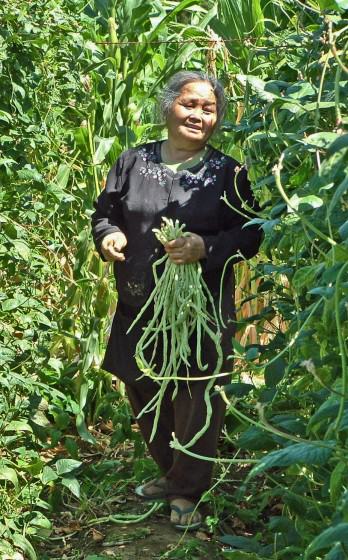
Like my North Cascades experience, my Lower East Side experience was a nature experience—but it was embedded in human culture. It was my first visit to a community garden. There I saw older Bangladeshi immigrants who had transplanted their intercropping traditions—amaranth, pigeon peas, flowering coriander and marigolds—to raised beds in New York City. For me, the cultural aspects of this experience were more powerful than—yet still connected to—nature. The immigrants were creating a sense of community through connecting to nature—creating civic ecology practices to support people and nature. A community garden is not Tim Beatley’s idea of recreating unplanned ecological spaces in cities. Rather, community gardens represent the emergence of unplanned cultural spaces that connect to nature—in ways that enable the spirit to flourish.
Here is my dilemma. I know that even if my children were to go on a mountaineering expedition in the Glacier Peak Wilderness, their experience of wildness would be different than mine. They would experience human impacts—glaciers retreating, species invading—of which I was unaware. Although some may claim that my children’s experience would simply be different, to me, it would be diminished. But does this matter?
If our concern with extinction of experience is related to health, as Beatley’s nature pyramid suggests, then I am less worried. I believe that urban places, perhaps especially the chaotic, self-organized places represented by community gardens and civic ecology practices more broadly, create new experiences that enable us to flourish.
But if our concern, like Pyle’s, is about what we will want to conserve, then we may need to embrace an urban reality. People in the future may work passionately to save a different kind of nature in cities—one that celebrates human’s caring for nature and communities. And whose acts of caring offer their own richness of experience.
Marianne Krasny
Ithaca

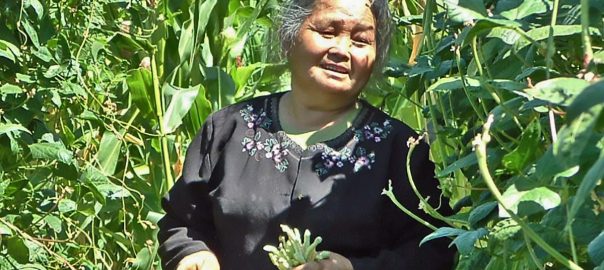







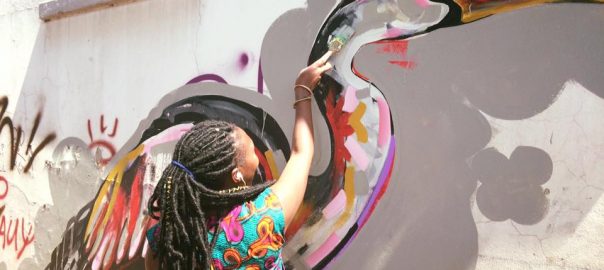

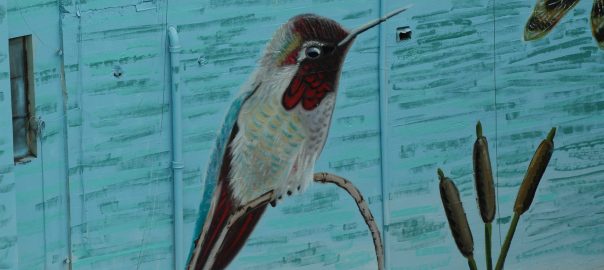
Thanks Allyson for your nice comment and for your work with transdisciplinary issues and your grandsons.
Thank you for this, Marianne.
We have used your book (written with others) on creating transdisciplinary dialogues and wicked problems and it has been most rewarding.
Here you have introduced for me the almost poignant idea of ‘extinction of experience’ and now I understand why I never ever get tired of rural Iceland and why my children and grandchildren have grown to love it too.
We constantly try to enrich our experience through the treasure of being in both new and familiar settings. We took our grandsons into a winter storm so that they would be able to feel it and then draw on it when they picked mushrooms in the stillness of the fall forest. They break into exuberant song when they come ‘home’. Their late mother left them memories rather than extinguishing them through her writing and art.
Thanks Soul for your insights. I would be interested in learning about how people interact with and steward witness stands in Zimbabwean cities. Are they left pretty much as preserves or “museums” or is there ongoing stewardship? Might be some parallels with the work Eunju Lee is doing with village groves in South Korea. Is there anything similar in South Africa? Hope you are doing well. Marianne
Thanks Russell, Great to hear from you. Marianne
Thanks Colin. Can you share the Miller citation? Is it about extinction of cultural experiences?
Thanks Colin. Can you share the Miller citation? Is it about extinction of cultural experiences?
miller described the phenomenon for cultural landscapes some years ago and referred to it as ‘extinction of experience’ – when people grow up with an envt and take it for granted even though it may be highly degraded in terms of biodiversity and natural character. it is what they identify with and defend.
colin
What a beautiful and poignant piece of writing Marianne!
Great article, Marianne. It is interesting to consider the notion of different experiences of different “degrees” of nature. It occurred to me that the more one knows about nature (e.g. which species are native; whether or not landscape features are man-made, etc.), the more exacting one’s “peak experience” standard becomes. Someone who is less aware of nature may get that experience from a walk in countryside that is transformed by agriculture and invasive species; while I find that I am a complete purity pedant when I’m after a peak experience, which can be ruined by a single bit of evidence that suggests humans have had an impact on wherever I’m visiting. On the other hand, when I’m not after that experience, I have repeatedly felt my batteries being recharged on visits to, for example, botanical gardens. So I guess that points again toward the importance of urban nature – the nature to which most people are most often exposed…
PS: I liked the article also because of its succinctness. Call me lazy, but I would read more such articles if they, too, were under 1,000 words.
Marianne this was such a beautiful read. It reminds me of a quote from George Monbiot’s recent book, feral:
‘The suburbs dream of violence. Asleep in their drowsy villas, sheltered by benevolent shopping malls, they wait patiently for the nightmares that will wake them into a more passionate world’ J. G. BALLARD
Monbiot talks about much of humanity feeling that we are scratching at the walls of this life and that our mild, polite (un-wild) existence sometimes seems to hollow us; crush the breath out of us?
It is no small truth that by restoring and rewilding our damaged ecosystems on land and at sea, we can bring wonder, magic and inspiration back into our lives and in the urban context, ‘chaotic’, self-organised ecological interventions and gardened spaces no doubt hold this promise too.
I really admire how you write! Thank you for such an interesting read.
I understand your large point about Nature Deficit Disorder I wouldn’t be reading this if I were not sympathetic but to imagine that peak experience requires solitude itself requires a certain personality, right? And it’s kind of sad and definitely Romanticist.
Aletrness and “flow”, two more typical indicators of peak experience can most certainly happen (and usually do) among the works of humans. We are social creatures, are we not?
I like your epiphany where you catch on to the ideal (so difficult to obtain) of humans and their talents living in true harmony with nature. Not you as guest in a cathedral where every footprint is a diminution, which clearly has hard-won benefits for self-development of the visitor, but a true and sustainable symbiosis where the two (nature and human) really flourish side-by-side and benefit from one another’s efforts.
That has to be the future as we consider the our place in the cosmos.
Thanks Marianne for the insights.
People are indeed creating cultural landscapes in open spaces in the urban contexts. These are necessary for cultural continuity and for the preservation of the (plant) species related to the different cultures. However it does not replace the complexity, uncertainty and surprise element one associates with natural landscapes. In Zimbabwe a concept of of “witness stands” was developed, were pockets of the natural landscape were preserved in cities while the rest of the environment underwent urban development I think this retains the closeness to nature in urban landscapes that retains the wilderness experience. Another emerging concept is natural/indigenous landscaping of home gardens which, besides re-introducing the natural flora of the area, also allows for the return of the natural fauna into an urban area.